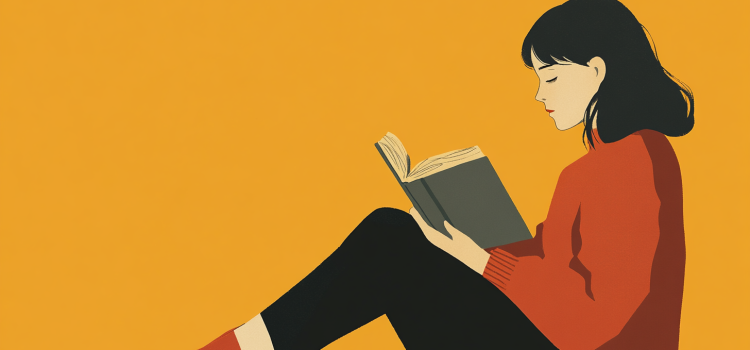Is big data the guide to making better life decisions? Can millions of data points on behavior replace your own intuition? In his book Don’t Trust Your Gut: Using Data to Get What You Really Want in Life, Seth Stephens-Davidowitz shows how big data can provide scientific answers about which life choices lead to better outcomes. He argues that you should rely on data rather than your intuition. Keep reading to discover how numbers, not narratives or instincts, can help you make smarter choices.
Don’t Trust Your Gut: Overview (Seth Stephens-Davidowitz)










